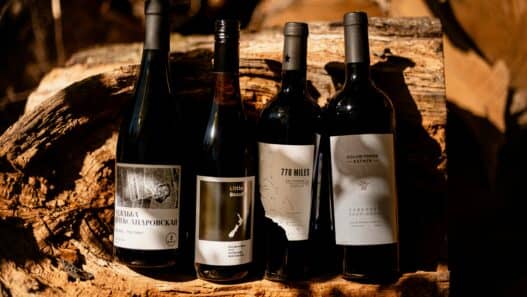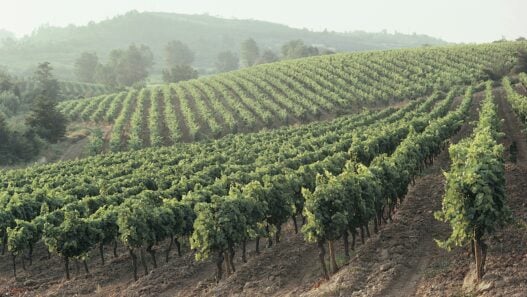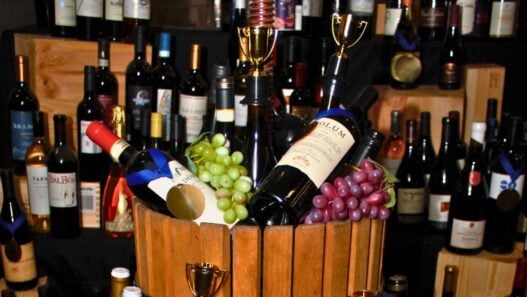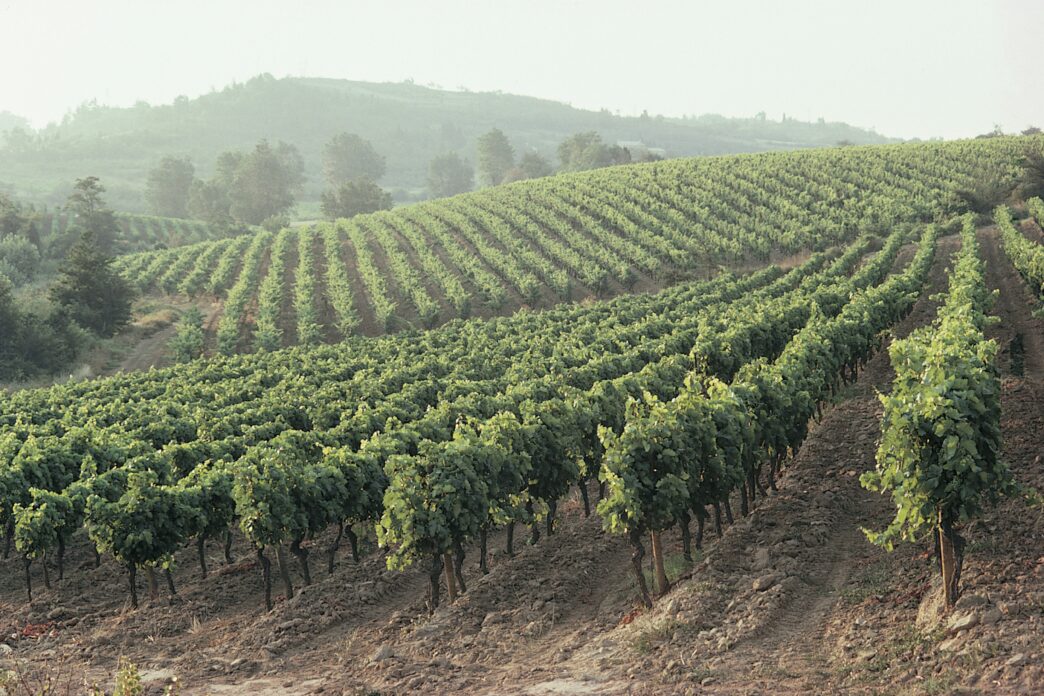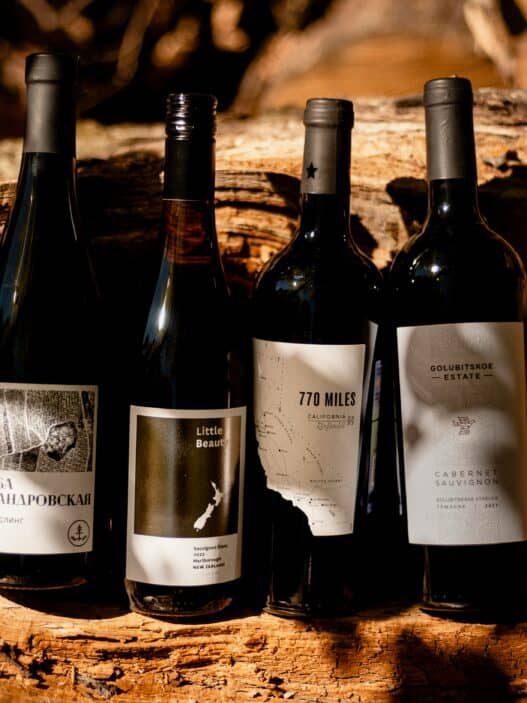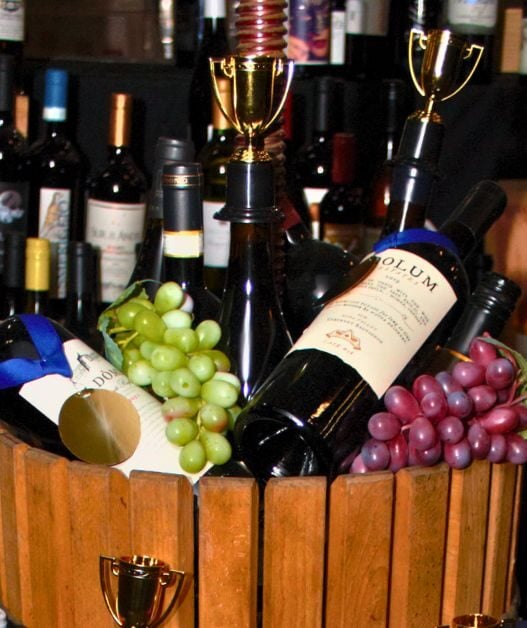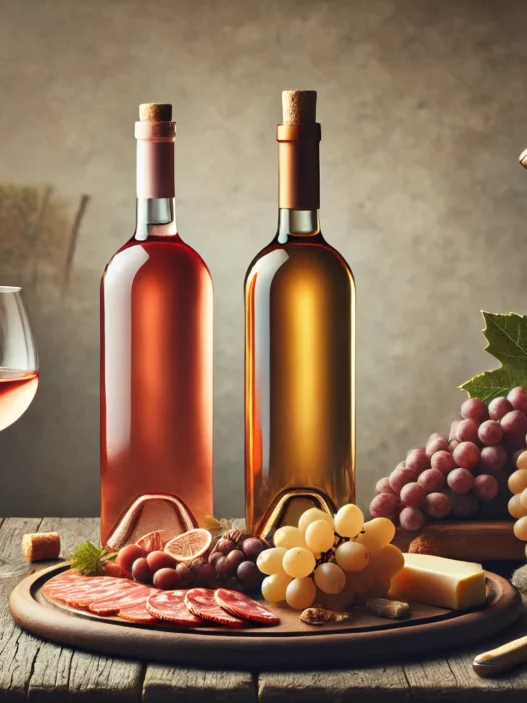Red Zinfandel is a bold, fruit-forward wine that has become synonymous with California’s wine industry. Despite its reputation as “America’s grape,” Zinfandel actually originated in Croatia and was likely brought to the United States in the early 1800s. Today, it’s celebrated for its rich flavors, high alcohol content, and versatility in food pairings.
Flavor Profile
Zinfandel is known for its intense fruit flavors and spicy notes. The primary flavors typically include:
- Blackberry
- Strawberry
- Peach preserves
- Cinnamon
- Sweet tobacco
The taste profile can vary depending on the ripeness of the grapes and the region where they’re grown. In cooler areas, you might find juicy red berry flavors like strawberry or raspberry. Warmer climates tend to produce deeper black fruit flavors.
One of the distinguishing characteristics of Zinfandel is its underlying peppery note, which adds complexity to the wine. The palate is usually full-bodied, lush, and mouth-filling, with elevated alcohol levels often exceeding 14% ABV.
Winemaking Process
Zinfandel grapes are notorious for uneven ripening, which presents a unique challenge for winemakers. Bunches often need to be left on the vine longer to ripen fully, resulting in high sugar content in the berries. This translates to higher alcohol levels in the finished wine.
The grapes have thin skins but are quite small, which can lead to potentially higher tannins due to the skin-to-juice ratio. This contributes to the wine’s structure and aging potential.
Regional Variations
While Zinfandel is grown in various parts of the world, it’s most closely associated with California. Different regions within California produce Zinfandels with distinct characteristics:
North Coast
- Flavors: blackberry, black cherry, bramble, vanilla, black pepper
- Notable areas: Sonoma (Dry Creek, Rockpile, Alexander Valley, Russian River Valley), Mendocino, Napa Valley
Rockpile AVA
This relatively new American Viticultural Area, established in 2002, is gaining recognition for producing exceptional Zinfandels. Located at high elevations (800-2,000 feet above sea level) northwest of Healdsburg, Rockpile benefits from a unique “weather inversion” phenomenon.
Rockpile Zinfandels are known for:
- Great berry elements (blueberry and blackberry)
- Minerality
- Nice acidity
- Smooth tannins
- Balance and food-friendliness
Serving and Pairing
To fully appreciate Zinfandel, consider the following serving recommendations:
- Serving temperature: 60–68°F (15-20°C)
- Glass type: Universal
- Decanting: 30 minutes
- Cellaring potential: 5–10 years
Zinfandel’s bold flavors and high alcohol content make it an excellent pairing for rich, flavorful dishes. It pairs particularly well with:
- Barbecued meats
- Spicy cuisine
- Pizza and pasta with tomato-based sauces
- Hard, aged cheeses
Interestingly, Zinfandel is often recommended as a pairing for Thanksgiving turkey, with National Zinfandel Day falling on the third Wednesday in November.
White Zinfandel: The Pink Cousin
No discussion of Zinfandel would be complete without mentioning White Zinfandel. Despite its name, White Zinfandel isn’t white at all – it’s pink. This sweet rosé style wine was created somewhat by accident in the 1970s when a batch of Sutter Home’s Oeil de Perdrix (a saignée rosé wine) got “stuck” in mid-fermentation.
White Zinfandel is made from the same grape as Zinfandel but processed differently. The juice is only allowed to sit on the skins for a short time, resulting in its characteristic pink color. While often dismissed by wine enthusiasts, White Zinfandel played a crucial role in preserving old Zinfandel vines and continues to be popular among consumers.
The Future of Zinfandel
Despite facing competition from other popular red varietals, Zinfandel continues to hold a special place in the hearts of wine lovers. Its ability to produce a range of styles – from light and fruity to rich and complex – ensures its ongoing appeal.
The Rockpile AVA, with its unique terroir and growing conditions, represents an exciting frontier for Zinfandel production. These wines are challenging the stereotype of overly jammy, high-alcohol Zinfandels and showcasing the grape’s potential for balance and elegance.
As climate change impacts wine regions worldwide, Zinfandel’s ability to thrive in warm climates may become increasingly valuable. However, winemakers will need to balance ripeness with maintaining acidity and freshness in their wines.
In conclusion, Zinfandel offers a unique and distinctly American wine experience. Its bold flavors, spicy notes, and versatility in food pairing make it a favorite among wine enthusiasts. Whether you prefer the jammy, high-alcohol styles or the more balanced expressions from regions like Rockpile, there’s a Zinfandel out there to suit every palate. As you explore this varietal, remember to appreciate its rich history and the dedication of the winemakers who continue to push the boundaries of what Zinfandel can be.



